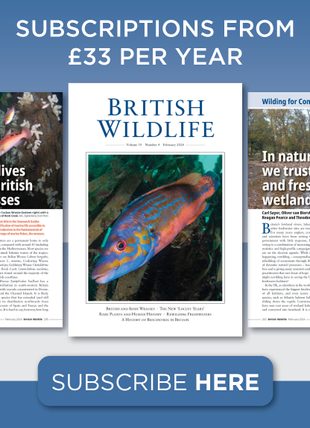By: Lukas Thommen(Author), Philip Hill(Translated by)
186 pages, 25 b/w photos and b/w illustrations, 2 b/w maps
![An Environmental History of Ancient Greece and Rome An Environmental History of Ancient Greece and Rome]()
Click to have a closer look
About this book
Contents
Customer reviews
Biography
Related titles
About this book
In ancient Greece and Rome an ambiguous relationship developed between man and nature, and this decisively determined the manner in which they treated the environment. On the one hand, nature was conceived as a space characterized and inhabited by divine powers, which deserved appropriate respect. On the other, a rationalist view emerged, according to which humans were to subdue nature using their technologies and to dispose of its resources. An Environmental History of Ancient Greece and Rome systematically describes the ways in which the Greeks and Romans intervened in the environment and thus traces the history of the tension between the exploitation of resources and the protection of nature, from early Greece to the period of late antiquity. At the same time it analyses the comprehensive opening up of the Mediterranean and the northern frontier regions, both for settlement and for economic activity. An Environmental History of Ancient Greece and Rome's level and approach make it highly accessible to students and non-specialists.
Contents
Introduction
Part I. Greece
1. The geographic space
2. People and nature
3. Agriculture
4. Forests and timber
5. Gardens
6. Animals
7. Food
8. Fire and water
9. Earthquakes and volcanoes
10. Mining
Part II. Rome
11. The geographic space
12. People and nature
13. Agriculture
14. Forests and timber
15. Gardens
16. Animals
17. Food
18. Fire and water
19. Earthquakes and volcanoes
20. Mining
21. Urban problems and rural villa construction
22. The environment in Roman Britain
Conclusion
Customer Reviews
Biography
Lukas Thommen is a Professor in the Historical Institute at the University of Zurich and is also a member of the Sosipolis International Institute of Ancient Hellenic History in Greece.
By: Lukas Thommen(Author), Philip Hill(Translated by)
186 pages, 25 b/w photos and b/w illustrations, 2 b/w maps
"[...] justifies its place as introductory reading to such environmental issues as climate, agriculture, foresting and deforestation, food and water supply, population and built environment, mining and urban problems in the Greco-Roman world."
– Arctos




































